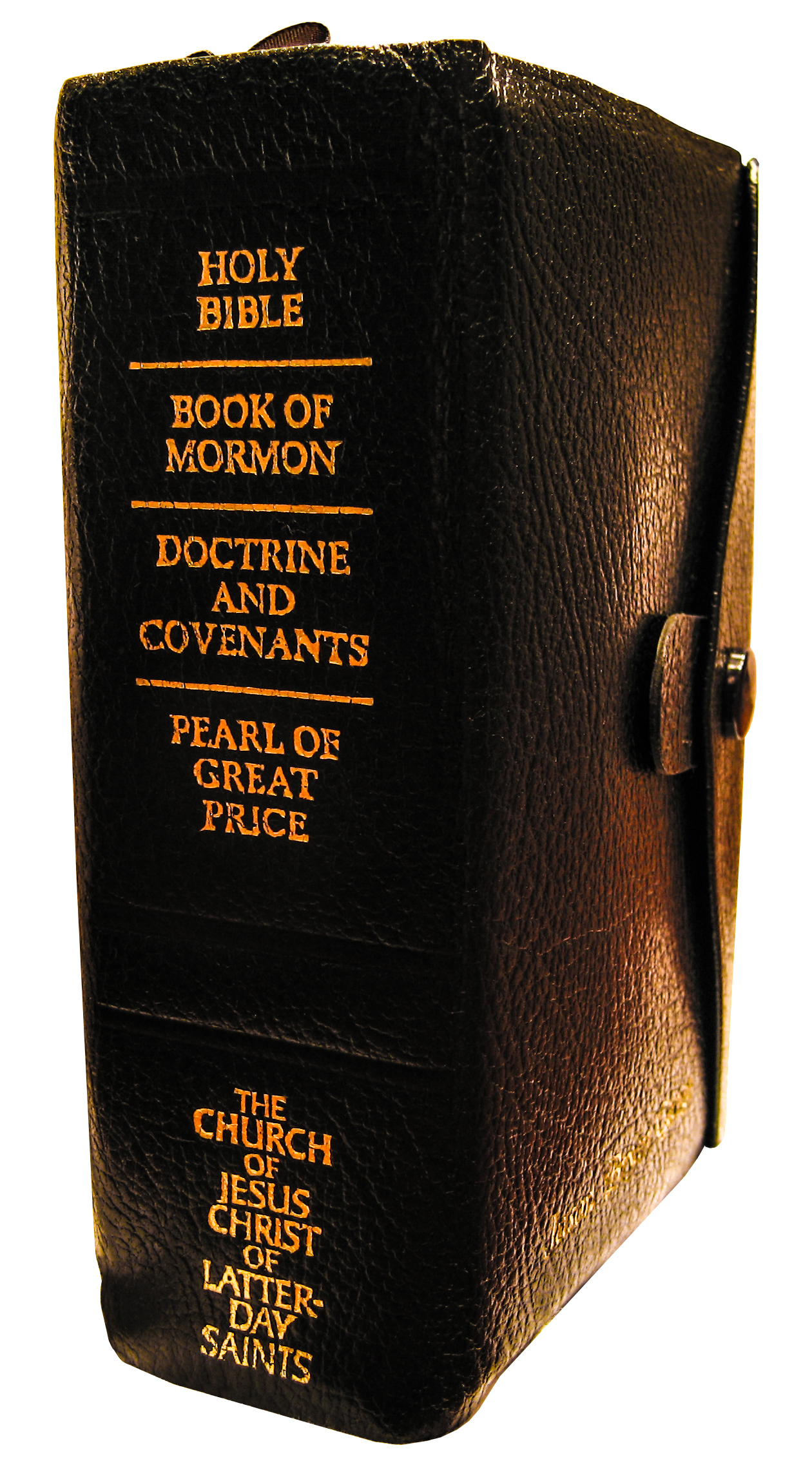 Over and
over again the consistent message from LDS apostles and prophets is that Mormon
doctrine comes from the scriptures (the four standard works) as interpreted by
prophets and apostles. The way new doctrine or modification of present doctrine
comes is by revelation to the President of the Church (such as section 138 and
the two Official Declarations in the Doctrine and Covenants). As fundamental as
this principle is, many still seek to change, reinterpret, alter, or reject
church doctrine. The reason is usually because some of it does not mesh with
modern social issues and the philosophies of men.
Over and
over again the consistent message from LDS apostles and prophets is that Mormon
doctrine comes from the scriptures (the four standard works) as interpreted by
prophets and apostles. The way new doctrine or modification of present doctrine
comes is by revelation to the President of the Church (such as section 138 and
the two Official Declarations in the Doctrine and Covenants). As fundamental as
this principle is, many still seek to change, reinterpret, alter, or reject
church doctrine. The reason is usually because some of it does not mesh with
modern social issues and the philosophies of men.
Along with
this and future blog posts in this series, readers are encouraged to review the
following essays on the subject: the Mormon Newsroom article on Approaching
Mormon Doctrine, Robert L. Millett’s fine longer examination What
is Our Doctrine, and FairMormon’s piece on What
is “Official” LDS Doctrine.
Other authors and bloggers have
also posted various opinions on the subject but often (though not always) these
are so academically oriented or misinformed (or even hostile) as to be either
worthless or worse than worthless.
The below
quotations should help with providing a more rounded perspective of how to
determine genuine, authentic, gospel doctrine. Later blog posts will continue with
this important matter as it relates to prophets, scripture, teaching, and
revelation:
